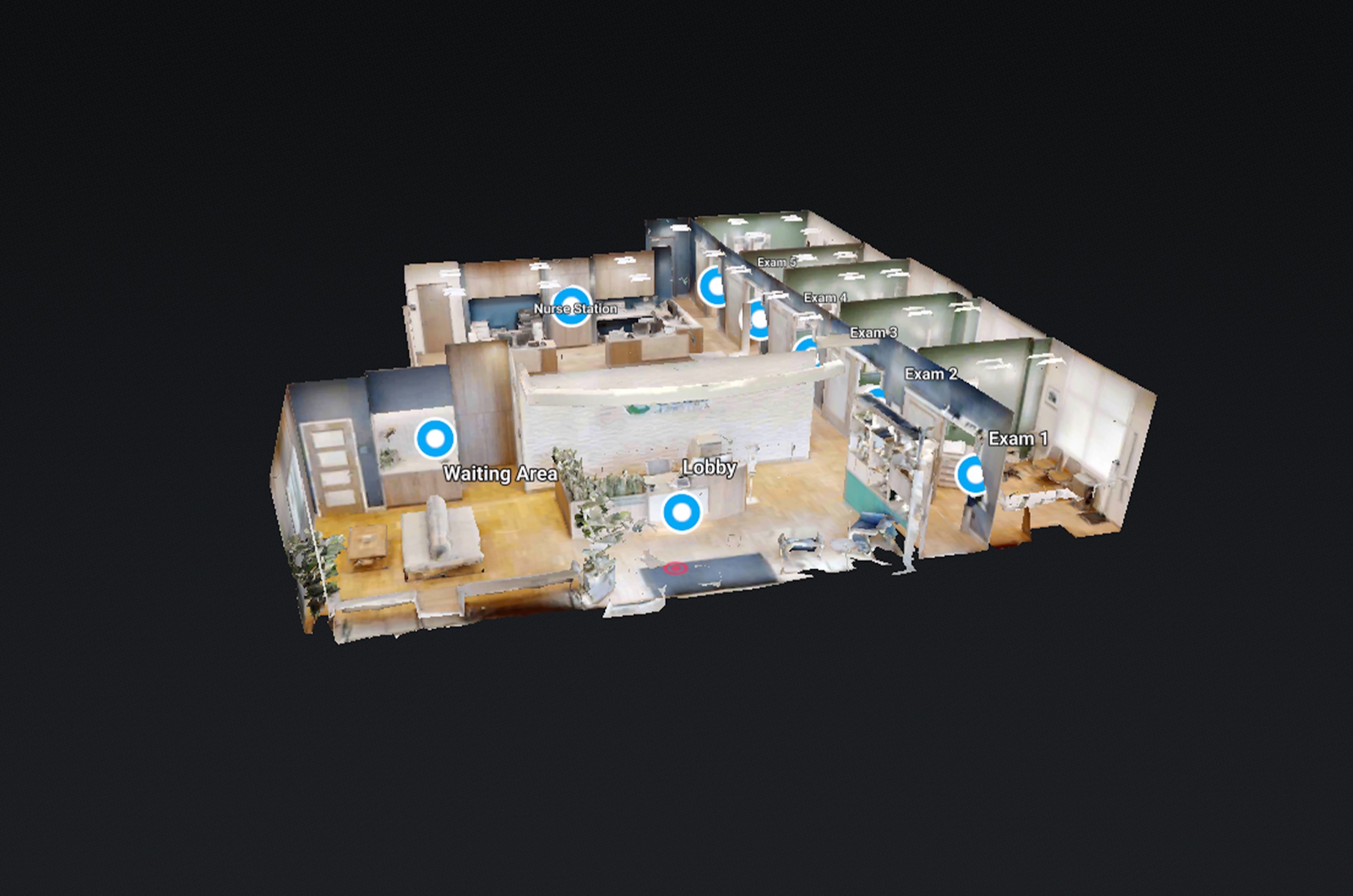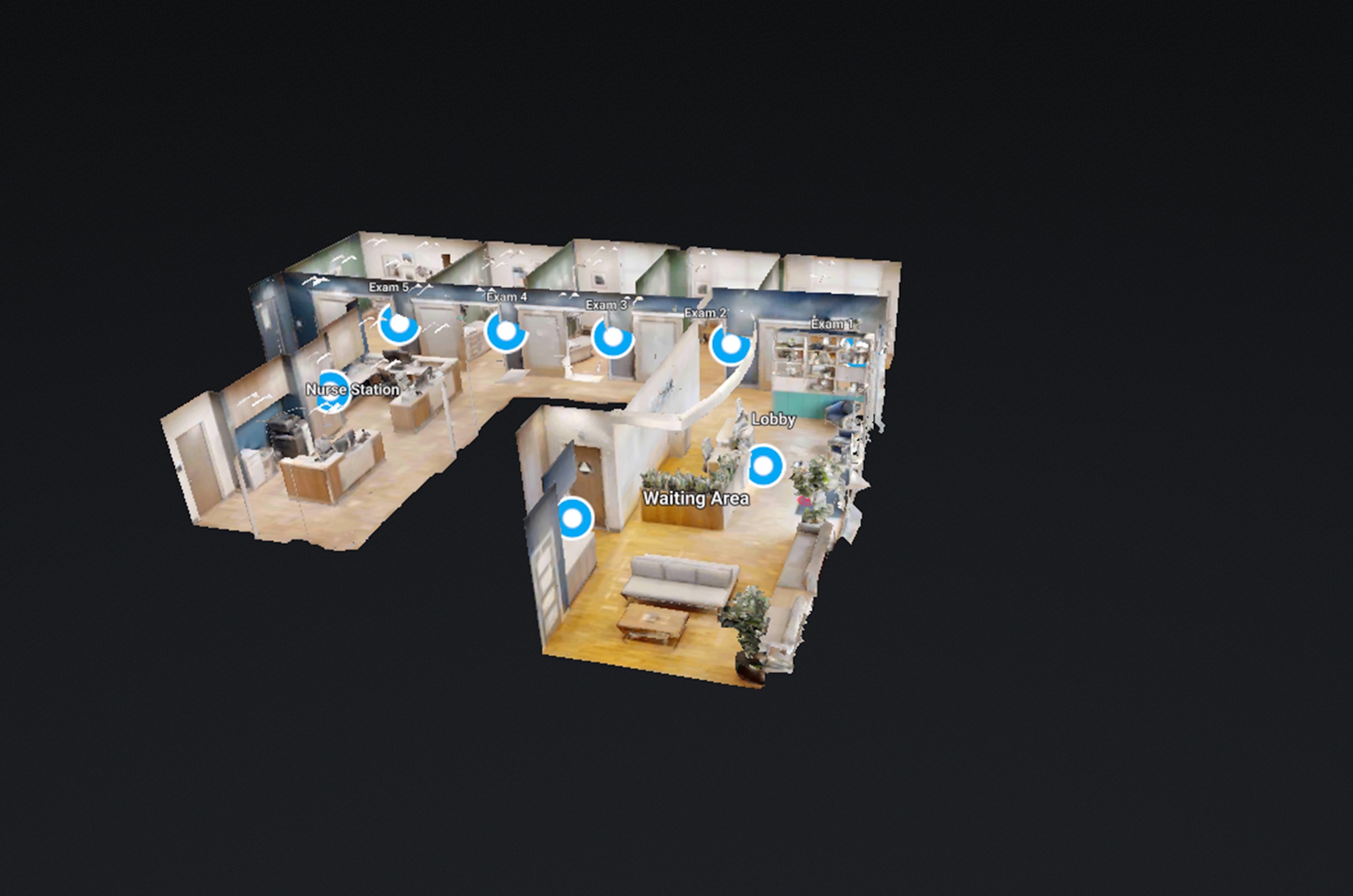In today’s fast-paced digital age, the healthcare industry is no exception to the importance of embracing innovative technologies to improve patient care and satisfaction. One such revolutionary tool is the 360 virtual tour, which is transforming the way medical health buildings are designed, constructed, and experienced.
By providing an immersive and interactive experience, 360 virtual tours can help patients navigate complex facilities, reduce anxiety, and increase overall satisfaction. In this blog, we’ll delve into the benefits, new ideas, and advice on using 360 virtual tours for medical health buildings, showcasing the future of patient-centered care.
1. Enhanced Patient Experience: 360 virtual tours offer a unique opportunity to create an immersive experience for patients, allowing them to explore medical facilities before they even step foot in the building. This can be especially beneficial for patients with anxiety or phobias, who may feel more comfortable familiarizing themselves with the environment beforehand. By providing a comprehensive virtual tour, medical facilities can reduce patient anxiety and stress, creating a more positive and calming atmosphere.
2. Improved Wayfinding: Navigating a large medical facility can be overwhelming, especially for patients who are unfamiliar with the building. 360 virtual tours can help alleviate this issue by providing an interactive and easy-to-use navigation system. Patients can explore the layout of the facility, identifying key areas such as the reception desk, waiting rooms, and treatment rooms. This can significantly reduce patient frustration and improve their overall experience.
3. Increased Accessibility: 360 virtual tours can also help increase accessibility for patients with disabilities. By providing a virtual tour, medical facilities can cater to patients who may have mobility issues or difficulties navigating complex buildings. This can be especially beneficial for patients with chronic illnesses, who may require frequent hospital visits.
4. Reduced Construction Costs: Before constructing a new medical health building, architects and builders can use 360 virtual tours to visualize and test different designs. This can help reduce construction costs by identifying potential issues and making necessary adjustments before breaking ground. Additionally, 360 virtual tours can be used to create virtual models of existing facilities, allowing for renovations and expansions to be planned and executed more efficiently.
5. Data-Driven Insights: 360 virtual tours can also provide valuable data-driven insights for medical facilities. By tracking patient engagement and interaction with the virtual tour, facilities can identify areas for improvement, such as bottlenecks in patient flow or areas where patients may be experiencing anxiety. This data can be used to make informed decisions about facility design and operations, ultimately improving patient care and satisfaction.
6. New Ideas and Advice:
- Utilize 360 virtual tours to showcase medical facilities’ unique features, such as state-of-the-art equipment or specialized treatment rooms.
- Incorporate interactive hotspots and text overlays to provide additional information and context about the facility.
- Use 360 virtual tours to create virtual “test drives” for new medical equipment or technologies, allowing patients to familiarize themselves with the equipment before treatment.
- Partner with healthcare professionals to create virtual tours that focus on specific conditions or treatments, providing patients with a deeper understanding of their condition and treatment options.
Conclusion: In conclusion, 360 virtual tours are revolutionizing the way medical health buildings are designed, constructed, and experienced. By providing an immersive and interactive experience, 360 virtual tours can help patients navigate complex facilities, reduce anxiety, and increase overall satisfaction.
With new ideas and advice for incorporating 360 virtual tours into medical facilities, healthcare providers can take a proactive approach to improving patient care and satisfaction. By embracing this innovative technology, medical health buildings can become more patient-centered, accessible, and efficient, ultimately transforming the future of healthcare.







